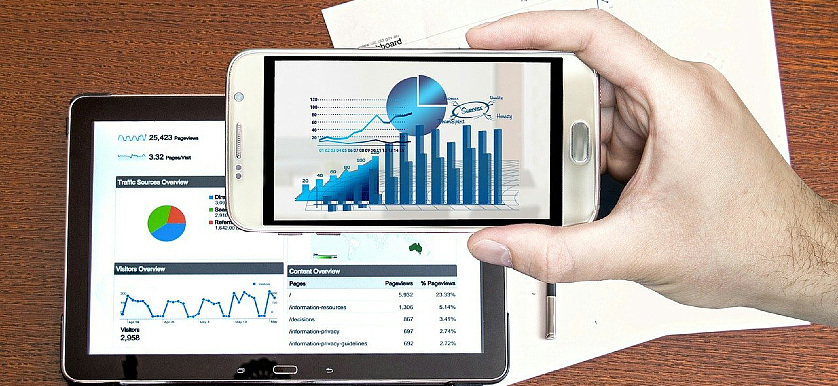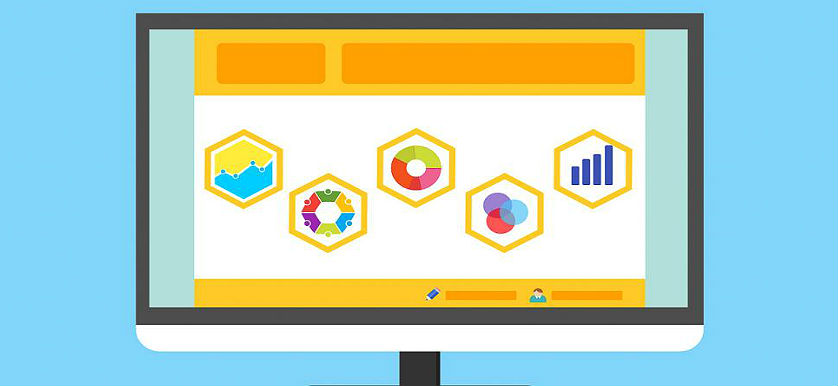Using smart graphic design to reimagine medical data
When it comes to our bodies, there is a rich and complex amount of data available for us today, which allows us to make better decisions about our health.
Get the opportunity to grow your influence by giving your products or services prime exposure with Performance Magazine.
If you are interested in advertising with Performance Magazine, leave your address below.
When it comes to our bodies, there is a rich and complex amount of data available for us today, which allows us to make better decisions about our health.

Data visualization is becoming vital for transmitting information in a non-verbal manner, however when used improperly,

Given that we live in a time of data and information overload, we really need to have better mechanisms to make sense of it all. Data visualization supports the transfer of information to knowledge by illustrating hidden issues and opportunities in big data sets.
Big data is creating unrivaled opportunities for businesses. It aids them to achieve faster and deeper insights that can strengthen the decision making process and improve customer experience. It can also accelerate the speed of innovation and gain a competitive advantage.
A significant amount of the human brain is dedicated to visual processing. This results in our sight having a sharpness of perception far surpassing our other senses. Effective data visualization shifts the balance between perception and cognition. The visual cortex is used at a higher capacity and the viewer understands the presented information much quicker, better and is able to make a superior decision based on the findings.
Businesses are increasingly turning to data visualization to discover the overwhelming amount and variety of data cascading into their operations, and to eliminate the struggle of just storing the data and focus on how to analyze, interpret and present it in a meaningful way. The trend towards data visualization is worth delving into by any business seeking to derive more value from big data.
Tackling big data focuses usually involves the four V’s: volume, velocity, variety and veracity. However, it does not emphasize enough another “V” that requires attention, namely visualization. Even with the use of business intelligence tools and the incredible exponential increase in computer power, the need to consume information in a meaningful manner exceeds the ability to process it.
Visualization plays a key role starting from the raw input of the big data, where structures and underlying patterns that may be held within the data can be observed or formed, to the end result of a visual representation that presents valuable key insights in a fast, efficient and clever manner.
Crafting a visualization is more than simply translating a table of data in a visual display. Data visualization ought to communicate information in the most effective way, with the prime purpose of truly revealing data in a quick, accurate, powerful and long-lasting manner.
The main problem with big data involves complexity. Information and data is growing exponentially with time, as an increasing amount of data is made available on the internet. Furthermore, the number of insights, opportunities or hypotheses hidden in a dataset is exponential to the size of the datasets.
In achieving efficiency and ensuring the comprehensibility of visual representation resulted from big data, key performance indicators (KPIs) can be used, as to attain the goal of graphical excellence and to add value to the end result. Big data visualization requires skills that are not intuitive and the entire process relies on principles that must be learned. Each big data visualization created should follow a clear path to success, namely: attain, define, structure, extract, load, display, refine the data and interact with it.
KPIs add value to the entire process by ensuring clarity in developing the strategy of the project, focus on what matters and requires attention, as well as improvement by monitoring the progress towards the desired state.
Read more: KPI data visualization: key benefits, popular formats, and design principles
When developing a project of big data visualization, the process should follow a cursive and pre-defined flow in accordance with the project needs and the requirements of the end-user. These recommended stages are:
1.Acquiring the data: this is usually how the process starts, unrelated with the platform which provides the data. In the process of big data collection, there is also the issue of data selection. Instead of “just throwing it all in”, one should focus on selecting high quality data, which is relevant to the project’s objective and does not add noise to the end result.The noisier the data is, the more problematic it will be to see the important trends. It is suggested to have a clear strategy for the data sources required, as well as for the subsets of data relevant to the questions the project wants to answer to.
2.Structuring: The next phase in the process refers to structuring of the acquired data. This includes the process of organizing the data to align it to one standard. The data store might be comprised of a combination of structured, semi-structured and unstructured data.
At this stage, it is easier to identify the common aspects in each sets of data and to find relationships between the data at hand. This includes translating system specific data coding to meaningful and usable data (the platform where the data will be aggregated does not know that the set of data labeled “Customer No.” is the same as “# Customer” or “ID-Customer”).
3.Loading and visual mode selection: After cleaning the data, filtering through enormous amounts of data and replicating the application logic to make the data self-describing, the process continues with loading the data in the preferred platform and choosing the visual mode of representation.
In this stage, it can be noted if the background data is very noisy or high quality, as the emerging visual representation will be either hard to read or irrelevant to the strategic objective of the project, or clear and visually engaging.
By implementing KPIs along the project and linking them to the project objectives, the increased value will be added in the form of:

Tableau happens to be one of the best tools to analyze different types of data stored in different places with ease. Despite many available features provided by the software, users came up with various suggestions to make this tool even better with further releases.

From the dawn of time, humans have told stories. Why? Because they are easily relatable. Stories help us easily understand complex situations in engaging ways. So how good is your business at communicating its story? And how are you communicating your performance management story?